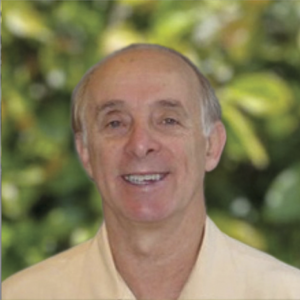What makes opioids like heroin and cocaine so dangerous? They are dangerous by themselves and can cause fatal overdoses. However, dealers will not sell pure cocaine or heroin on the street to the user. Instead, they cut that drug two to one.
Cutting heroin and cocaine
When it comes to cutting the drugs, most dealers will use something that looks similar to the drug.
When cutting cocaine, they will use a white powder. Some of the cutting agents that have been used are:
- Laundry detergent
- Laxatives
- Caffeine
- Boric acid
- Local anesthetics like procaine
- Creatine
Cutting heroin is the same process and uses some of the same agents as cocaine. Some of these agents include:
- Baking soda
- Sucrose
- Thickener
- Smashed up OTC painkillers
- Talcum dust
- Dry milk
- Laundry soap
- Caffeine
- Rat poison
Today, they are cutting it with Fentanyl. That is extremely dangerous. Fentanyl is much easier to overdose with than street-grade cocaine or heroin.
Fentanyl is a medication used by hospitals and doctors, generally after surgery or some other painful incident like a broken or replaced hip. It was initially a drug manufactured for medical use. But, today, there are plenty of illicit fentanyl labs that produce it and sell it to drug cartels.
The most dangerous cutting agent
One of the most dangerous cutting agents is Fentanyl. This is because the dealer has no way of knowing the tolerance of the end-user or how much Fentanyl could kill that user.
Much of today’s Fentanyl comes out of China. The regulations in China are nowhere near as strict as in the USA. This makes Fentanyl a hazardous cutting agent. China sells it to South America; the cartels then use it to cut the pure coke and heroin before smuggling it across the border.
Once it is in the USA, the dealers cut it again, and often the street dealers will cut it again. By the time it is purchased by a user, it has been cut two to three times. The street user has no idea what they are buying or what the cutting agents are.
Beyond the dangers of fatal overdose, Fentanyl is highly addictive. It is more potent than coke or heroin. Many users have become addicted after the first time of taking it. That makes it difficult to stop using it without a drug rehab program.
Those who do kick the habit and wish to reduce the chance of relapse can ask their doctor about Naltrexone, a blocker of the sensation of the high these street drugs can produce.
Getting help
Getting help to stop your narcotic abuse is just a phone call away. 449 Recovery in Orange County uses medicine-assisted recovery therapies to help you detox, learn to live sober, and reduce your chance of relapse. 449 Recovery also treats co-occurring substance abuse and mental health conditions like mood disorders.
Using counseling, a 12 step program, and medication like Naltrexone can keep you living a clean and sober lifestyle for the rest of your life. Call 449 Recovery at (855) 435-7449 today!






